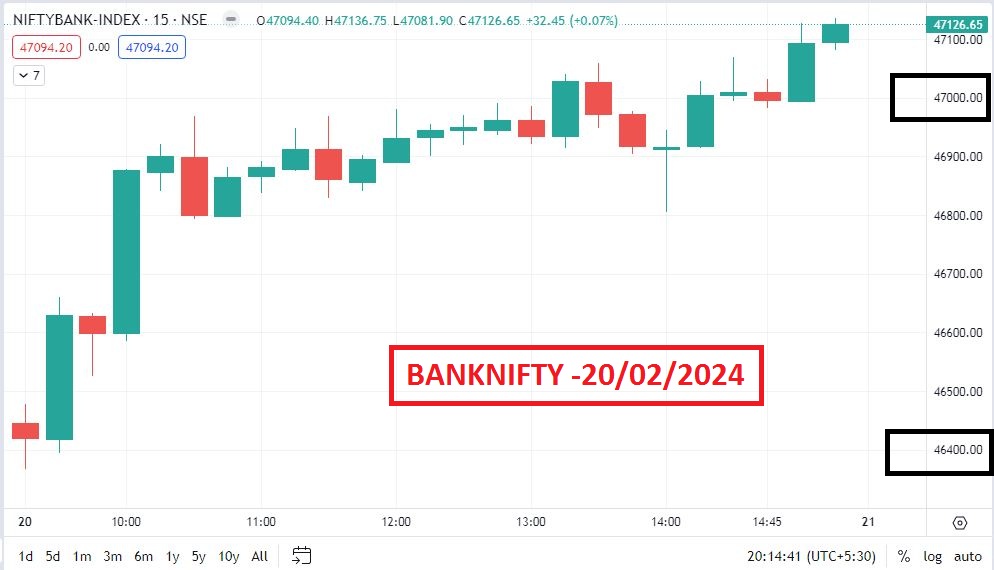Premium
decay in options: Options trading allows investors to profit from price
movements in underlying assets without owning the assets. However, an important
factor that every options trader should understand is premium decay, also known
as time decay. This phenomenon has a significant impact on the value of options
contracts over time, which affects trading strategies and risk management. In
this article, we will discuss in detail the concept of premium decay, its
causes, effects and how traders can understand its implications. Bank nifty
premium decay.
Nifty option
premium decay
What is premium
decay?
Premium decay
refers to the gradual decrease in the value of an option contract as it
approaches its expiration date. This decrease is primarily due to the declining
time value component of the option. An option contract has two main components:
intrinsic value and extrinsic value (also called time value). While intrinsic
value is determined by the difference between the current price of the
underlying asset and the strike price of the option, extrinsic value represents
the additional value attributed to the option due to factors such as expiration
time, volatility, and interest rates. Premium decay primarily affects the
extrinsic value portion of an option contract.
Reasons for
Premium Decay:
Premium decay
occurs due to the time-sensitive nature of option contracts. As an option
approaches its expiration date, the amount of time available for the option to
move in the desired direction decreases. As a result, the extrinsic value,
which reflects the probability of the option expiring in the money, decreases
over time. As the expiration date approaches, this decline in extrinsic value
accelerates, causing the overall premium of the option to decline.
Effects of
Premium Decay:
Understanding
premium decay is important for options traders as it directly impacts their
trading strategies and potential profitability. Here are some of the major
impacts of premium decay:
Increased Risk:
Options traders holding long positions face the risk of premium decay working
against them. If the underlying asset does not move in the anticipated
direction within the desired time frame, the value of their option contracts
may decline significantly, resulting in losses.
Time
Sensitivity: Premium decay underlines the importance of time in options
trading. Traders must consider not only the direction of price fluctuations of
the underlying asset, but also the timing of such fluctuations. Delayed price
action can reduce the value of options contracts, even if the underlying asset
ultimately moves in the expected direction.
Option Pricing:
Premium decay plays an important role in option pricing models such as the
Black-Scholes model. Time decay is incorporated into the calculation of an
option's theoretical value, highlighting the inverse relationship between time
expiration and the option premium.
Trading
Strategies: Options traders often adopt strategies that take advantage of
premium decay, such as selling option contracts with the expectation that their
value will decline over time. Strategies such as covered calls, calendar
spreads, and iron conductors take advantage of extrinsic price erosion. ‘Option
premium decay analysis’
Management of
Premium Decay:
To mitigate the
effects of premium decay, options traders adopt various strategies:
Short-term
trading: Traders can opt for short-term option contracts to reduce the risk of
premium decay. The shorter expiration period results in less time decay,
thereby reducing the risk associated with holding an option position.
Rolling
Positions: Traders can roll their options positions by closing expiring
contracts and opening new contracts with extended expiration dates. This allows
them to maintain exposure to the underlying asset while resetting the time
frame and potentially reduce the impact of premium decay.
Choosing the
right strategy: It is essential to select option strategies that suit the
market conditions and time-frame. Strategies that benefit from premium decay,
such as selling options or using spreads, may be more appropriate in
environments characterized by low volatility or stable price movements.
Conclusion:
Premium decay is
a fundamental concept in options trading that every investor should understand.
This underlines the time-sensitive nature of options contracts and impacts
trading strategies, risk management and profitability. By recognizing the
causes and effects of premium decay and implementing appropriate trading
strategies, options traders can effectively deal with this phenomenon and
increase their chances of success in the market. “option premium decay graph”









